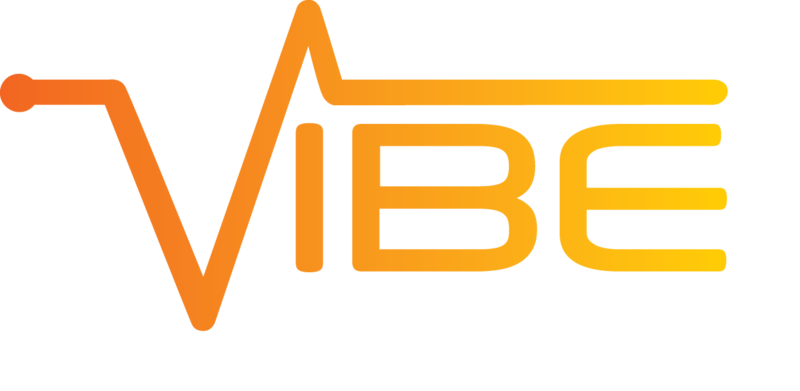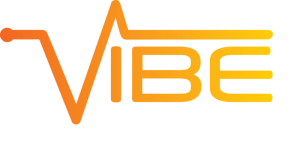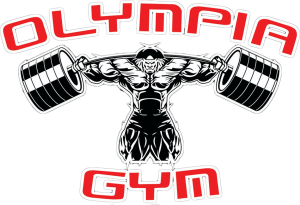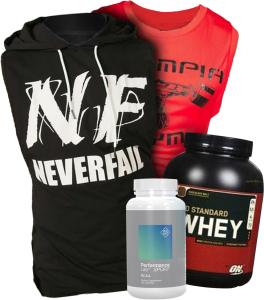The Rise of Holistic Fitness: Balancing Body, Mind & Recovery
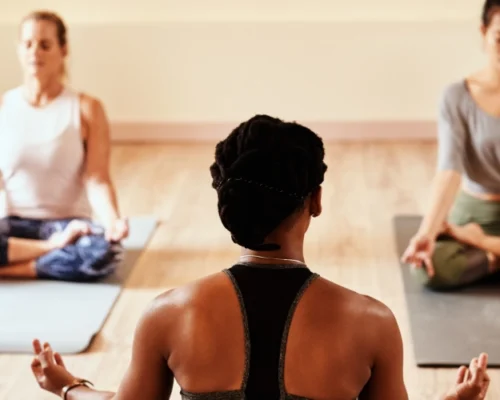
You’ve hit the workouts, counted the calories, and pushed through the fatigue, yet something still feels off. If this sounds familiar, you’re not alone. More and more people are moving away from aesthetic-driven fitness routines and embracing a wellness-first lifestyle, one that prioritises balance over burnout.
The era of holistic fitness is a more mindful approach to training that focuses on physical strength, mental clarity, emotional resilience, and intentional recovery. It’s not just about how much you lift, but how well you live.
In this blog, we’ll explore what holistic fitness really means, break down its three core pillars (body, mind, and recovery), dive into its long-term benefits, and share practical tips on how to start creating a routine that strengthens you inside and out.
What is Holistic Fitness?
Holistic fitness is not just hitting the gym, it’s about creating a balanced lifestyle that supports your body, mind, and emotional well-being. Instead of focusing solely on reps, weight loss, or how many calories you burn, holistic fitness considers how you move, how you rest, what you eat, how you manage stress, and how you feel overall.
Unlike traditional fitness models that emphasise aesthetics and intensity, holistic training is about sustainability and self-awareness. It blends strength training, mobility, mindfulness, sleep hygiene, recovery practices, and proper nutrition into one cohesive approach. Studies have shown that such comprehensive strategies can lead to improved overall health and reduced risk of chronic diseases.
By adopting a holistic fitness approach, individuals can achieve not only physical improvements but also enhanced mental and emotional well-being, leading to a more fulfilling and resilient lifestyle.
The Three Core Pillars of Holistic Fitness
A truly effective holistic fitness routine is built on three core pillars: body, mind, and recovery. Each plays a vital role in supporting long-term health, improving performance, and fostering emotional and mental well-being.
1. Body: Functional Strength & Movement
The foundation of holistic fitness starts with developing a well-functioning body, one that is strong, mobile, and resilient enough to handle the physical demands of everyday life. Rather than focusing solely on aesthetics, this pillar emphasizes functional strength training through compound movements such as squats, lunges, deadlifts, and overhead presses.
Incorporating mobility and flexibility exercises helps improve joint health and overall movement efficiency. Low-impact cardiovascular activities like walking, swimming, or cycling are also recommended to enhance heart health without risking overtraining. Attention to postural alignment and core stability further supports injury prevention and enhances physical performance.
According to the American Council on Exercise (ACE), a balanced and structured physical training program significantly contributes to long-term strength, endurance, and overall well-being.
2. Mind: Mindfulness, Focus & Emotional Health
Unlike conventional workout plans that often overlook mental health, a holistic approach to fitness treats the mind as equally important as the body. Practices such as breathwork, meditation, and intentional movement (e.g., yoga, Pilates, mindful walking) are integrated to manage stress, promote mental clarity, and enhance emotional balance.
Mindfulness during training not only improves performance but also reduces the risk of injury by encouraging present-moment awareness and proper form. Reflective habits, like journaling post-workout thoughts or emotional responses, can also boost emotional resilience.
A study published in JAMA Psychiatry supports the mental health benefits of physical activity, revealing that resistance training can lead to a significant reduction in symptoms of anxiety and depression. This makes the mind-body connection a crucial component of any sustainable fitness strategy.
3. Recovery: Sleep, Stress Management & Self-Care
The third and often overlooked pillar of holistic health and fitness is recovery. Without adequate rest, the body cannot repair tissue, restore energy, or maintain hormonal balance. Getting 7–9 hours of quality sleep per night is essential for muscle recovery, cognitive function, and emotional regulation, as recommended by health authorities like the CDC and NIH.
Recovery also involves active strategies such as stretching, foam rolling, and light aerobic activity to maintain mobility and reduce muscle tension. Tools like cold therapy, sauna use, and breathwork support nervous system regulation and help manage chronic stress.
Taking dedicated rest days is not a sign of weakness but a smart training tactic that allows both body and mind to reset. As noted in the International Journal of Environmental Research and Public Health, proper recovery leads to improved physical performance and better emotional stability over time.
The Benefits of a Holistic Fitness Approach
By now we all know how important holistic fitness is and how it can be a complete game changer for your wellness. But if you’re still not fully convinced, take a quick look at the benefits of following this approach.
- Reduced Risk of Injury and Overtraining
A well-rounded program that includes mobility work, rest, and recovery prevents burnout and lowers the chance of strain-related injuries. - Improved Energy and Performance
Combining strength training with proper nutrition, sleep, and stress management leads to more consistent energy levels and better workout performance. - Balanced Mood and Reduced Stress
Holistic fitness incorporates practices like breathwork, meditation, and low-impact movement, which support emotional regulation and reduce anxiety. - Better Sleep and Sustainable Habits
Prioritizing recovery and nervous system health contributes to deeper, more restorative sleep and supports the development of long-term healthy routines. - Increased Body Awareness and Self-Respect
Mindful movement encourages individuals to listen to their bodies, promoting self-trust, respect, and a more positive relationship with health and fitness.
How to Start a Holistic Fitness Routine
Getting started with holistic fitness doesn’t mean overhauling your life overnight. It’s about building a routine that supports your body, mind, and recovery at a pace that feels sustainable.
- Start small and stay consistent
Begin with 2–3 sessions a week that combine strength training with mindful movement like yoga or walking. - Mix movement with mindfulness
Pay attention to your breath, posture, and how your body feels during each session. This builds body awareness and focus. - Schedule recovery just like your workouts
Block out time for stretching, foam rolling, or even a relaxing bath. Rest is where real progress happens. - Listen to your body, not your ego
Progress doesn’t always mean pushing harder. Some days, rest or light activity is more productive than an intense workout. - Keep a simple journal
Track how you feel before and after training. Note your stress levels, sleep quality, and energy, not just reps and sets.
Beginner-Friendly Holistic Fitness Routine: Weekly Overview
| Pillar | Practice | Why It Matters |
|---|---|---|
| Body | 2–3 strength training sessions | Builds functional strength, improves posture, and prevents injury |
| 1–2 mobility or flexibility sessions | Enhances joint health and movement efficiency | |
| Mind | 1–2 mindful movement practices (e.g. yoga, walks) | Reduces stress, improves mental clarity, and encourages emotional balance |
| Breathwork during workouts | Helps with focus and nervous system regulation | |
| Recovery | 7–9 hours of sleep per night | Supports muscle repair, hormonal balance, and emotional well-being |
| 1–2 active recovery days | Prevents overtraining and encourages long-term consistency | |
| Stress management (journaling, breathwork) | Tracks emotional patterns and promotes wellbeing |
Common Misconceptions to Avoid
When embracing a holistic fitness routine, it’s important to challenge outdated beliefs that may hinder progress or lead to burnout. Here are a few common myths debunked with facts:
- “More workouts = better results”
Overtraining can lead to fatigue, injury, and hormonal imbalance. Holistic fitness emphasizes quality, not just quantity, allowing time for rest and repair improves long-term performance. - “Rest means laziness”
Recovery is essential. According to the National Institutes of Health, proper rest enhances muscle growth, mental clarity, and immune function. In holistic training, rest is a strategic tool not a weakness. - “Mindfulness doesn’t belong in weightlifting”
Mind-body training improves form, focus, and injury prevention. Incorporating breath control and mental presence during strength sessions leads to more effective, intentional workouts.
Conclusion
Holistic fitness is more than a wellness trend; it’s a long-term investment in your physical, mental, and emotional health. By integrating movement, mindfulness, and recovery, you create a routine that not only builds strength but also supports balance, clarity, and resilience.
Whether you’re just starting out or looking to shift from burnout-driven training, this approach encourages consistency, self-awareness, and sustainable progress.
If you want to transition your fitness lifestyle towards a more holistic one, join Vibe Fitness and discover a supportive environment where your well-being comes first. Strengthen your body, reset your mind, and recover with intention. Your holistic fitness journey starts here!
References
- The Impact of Flexibility Training on Performance. 13 Aug. 2015, https://www.acefitness.org/resources/pros/expert-articles/5598/the-impact-of-flexibility-training-on-performance/.
- https://jamanetwork.com/journals/jamapsychiatry/fullarticle/2680311#:~:text=Gordon%20BR%2C%20McDowell%20CP%2C%20Hallgren,Select%20Format
- Doherty, Rónán, et al. “The Sleep and Recovery Practices of Athletes.” Nutrients, vol. 13, no. 4, Apr. 2021, p. 1330. PubMed Central, https://doi.org/10.3390/nu13041330.
